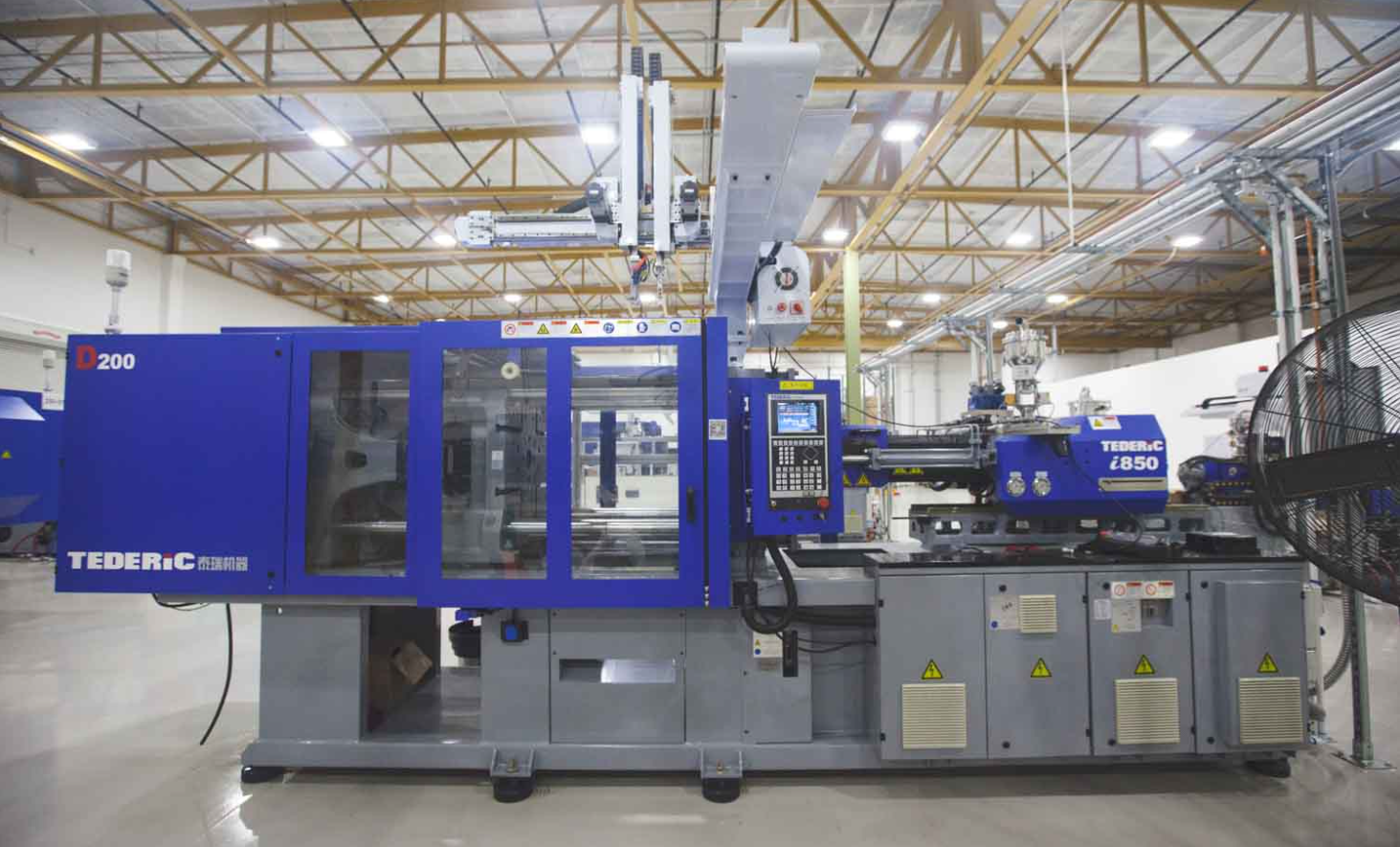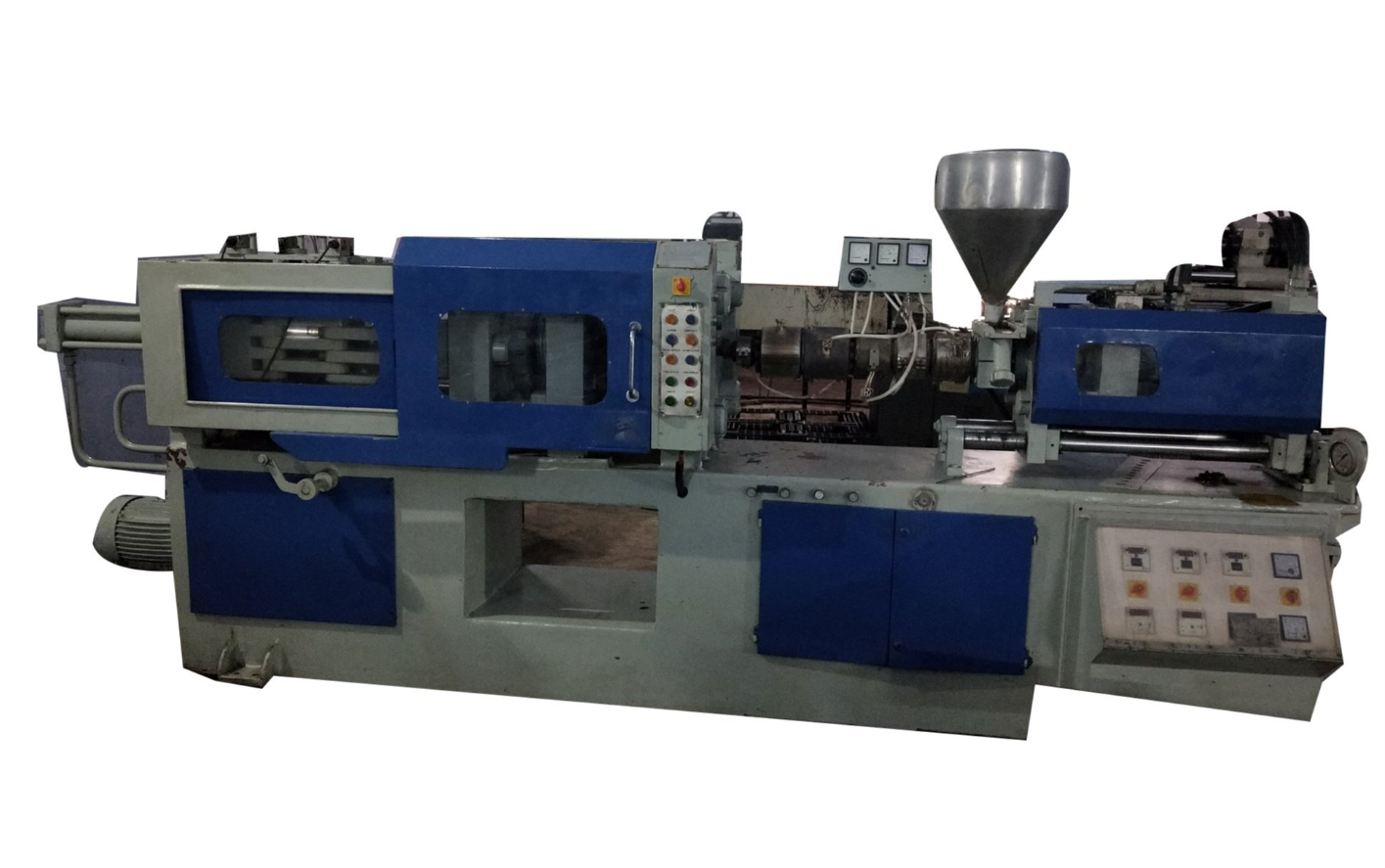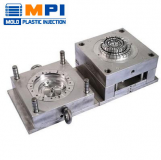The process starts by melting ABS plastic pellets in the machine’s barrel. Once the plastic is molten, it’s injected into a mold cavity with precision. The mold, often made of metal, shapes the plastic into the desired product. The machine applies pressure to ensure the plastic fills all nooks of the mold. The mold opens after a short cooling period and ejects the final product. This versatile process makes various items we use daily!
Understanding ABS For Injection Molding
Understanding ABS for injection molding is essential for creating high-quality plastic parts. ABS (Acrylonitrile Butadiene Styrene) is a popular thermoplastic known for its strength, durability, and affordability, making it a preferred choice in various industries.
Before starting the injection molding process, it’s vital to know ABS’s properties and characteristics. ABS has a low melting point, usually around 180-220°C, making mould easy. It’s also resistant to impact and chemicals, ensuring your parts stay intact in harsh conditions.

Advantages of ABS Injection Molding
ABS injection molding offers numerous advantages, making it a popular choice in manufacturing.
Versatility: ABS (Acrylonitrile Butadiene Styrene) can be easily molded into various shapes and sizes, making it suitable for various products, from toys to automotive parts.
Impact resistance: ABS exhibits excellent impact resistance, providing durability and protection against rough handling or accidental drops.
Cost-effective: The injection molding process is efficient, reducing production costs and making ABS an economical choice for large-scale manufacturing.
Lightweight: ABS products are lightweight yet sturdy, making them ideal for applications where weight matters, such as in consumer electronics and transportation.
Surface finish: ABS parts can have a smooth and polished surface, eliminating the need for additional finishing processes, and saving time and resources.
Chemical resistance: ABS is resistant to various chemicals, making it suitable for applications in harsh environments or industries dealing with corrosive substances.
Electrical insulating properties: Its excellent electrical insulating capabilities make ABS components widely used in electronics and electrical equipment.
Recycling: ABS is recyclable, promoting sustainability and eco-friendly manufacturing practices.
Short production cycle: The fast injection molding process allows for quick production turnaround, meeting tight deadlines and market demands efficiently.
Design flexibility: ABS injection molding allows achieving intricate and complex designs, enabling designers to create innovative products.
Disadvantages of ABS Injection Molding
ABS injection molding, while beneficial in many ways, also comes with certain disadvantages:
Low-Temperature Vulnerability: ABS tends to become brittle and prone to cracking in cold temperatures, limiting its use in certain applications where temperature variations are common.
Warping and Shrinkage: During cooling, ABS parts may experience warping and higher shrinkage rates, affecting the overall dimensional accuracy and making precise molding challenging.
Toxic Emissions: Heating ABS can emit harmful fumes, making proper ventilation essential in the manufacturing environment to safeguard workers’ health.
UV Degradation: When exposed to sunlight, ABS products can degrade over time, leading to color fading and reduced mechanical properties.
Recycling Complexity: While ABS is recyclable, its recycling process can be intricate due to the challenge of separating it from other plastics, making recycling efforts less straightforward.
How does injection molding machine with abs plastic work
Injection molding is a widely used manufacturing process for producing plastic parts, and when it comes to working with ABS plastic, the process remains largely the same. Let’s take a closer look at how an injection molding machine with ABS plastic works:
Material Preparation:
The process starts by preparing ABS plastic pellets, and operators load them into the hopper of the injection molding machine.
Heating and Melting:
Inside the barrel, high temperatures subject the ABS pellets to melting, turning them into a viscous, molten state. To achieve good melting without damage, the temperature is carefully maintained.
Injection into the Mold:
Once the ABS material is sufficiently melted, the injection plunger or screw pushes the molten plastic into the mold cavity through a nozzle. The mold is usually made of two halves, with one half attached to the injection molding machine’s stationary platen and the other half on the movable platen.
Cooling and Solidification:
After the molten ABS fills the mold cavity, it cools and solidifies. Cooling channels within the mold help regulate the cooling process and ensure even solidification.
Ejection:
Once the plastic has solidified, the mold opens, and the ejection system (pins or ejector plates) pushes the newly formed ABS part out of the mold.
Repeating the Process:
The cycle is then repeated to create more pieces. Injection molding machines can produce a large number of parts in a short time, making it an efficient manufacturing process.

Considerations in ABS Plastic Injection Molding Process
When undertaking ABS plastic injection molding, several important considerations can lead to successful and high-quality results:
Material Selection: Choose the appropriate grade of ABS plastic based on the specific requirements of the product, considering factors like mechanical properties, temperature resistance, and appearance.
Mold Design: Ensure the mold design is well-thought-out, with attention to proper gate placement, cooling channels, and ejection systems to avoid defects and improve cycle times.
Temperature Control: Precisely control the temperature of the injection molding machine to prevent material degradation and ensure consistent molding results.
Injection Speed and Pressure: Optimize the injection speed and pressure to fill the mold cavity efficiently and uniformly, minimizing stress and warping.
Cooling Time: Determine the appropriate cooling time to ensure the ABS plastic solidifies completely without distortion.
Wall Thickness: Maintain uniform wall thickness throughout the part to prevent sink marks and achieve structural integrity.
Draft Angles: Incorporate draft angles in the design to facilitate easy part ejection from the mold.
Ventilation: Ensure you properly ventilate the production area to disperse any fumes emitting during molding.
Testing and Validation: Conduct thorough testing and validation of the injection molding process to identify potential issues early and make necessary adjustments.
Post-Molding Treatment: Plan for any post-molding treatments, such as trimming, assembly, or surface finishing, as required by the product design.
Quality Control: Implement stringent measures to inspect and verify the moulded ABS parts’ dimensions, appearance, and functionality.
Mold Maintenance: Regularly maintain and clean the molds to extend their lifespan and ensure consistent product quality.

